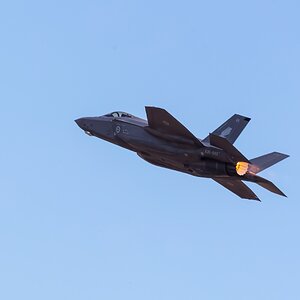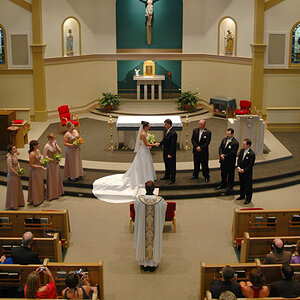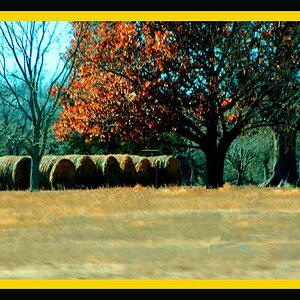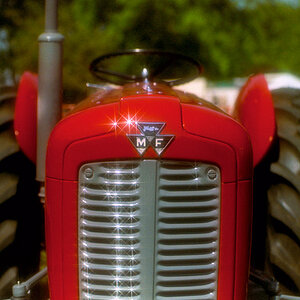jamescooper18
TPF Noob!
- Joined
- Mar 4, 2017
- Messages
- 38
- Reaction score
- 5
- Website
- clippingpathindia.com
- Can others edit my Photos
- Photos OK to edit
What is the difference between a cine lens for a 35mm camera and a regular still camera lens? Can anyone give any details on this?







![[No title]](/data/xfmg/thumbnail/39/39293-55a527d2a9b287bf5e5b6d118abab22c.jpg?1619738958)
![[No title]](/data/xfmg/thumbnail/40/40307-b3813381d3c1ef8282c72905405b50fe.jpg?1619739413)


![[No title]](/data/xfmg/thumbnail/30/30986-0fbf9af8f70b46ce37aeb237ba68b573.jpg?1619734551)

![[No title]](/data/xfmg/thumbnail/39/39292-4169a355b794ae9735845c4ad45d06ff.jpg?1619738958)